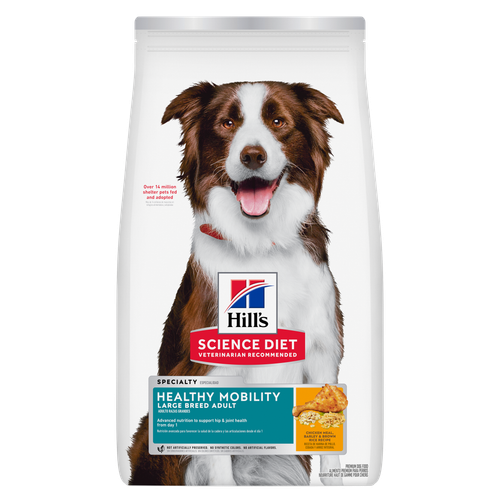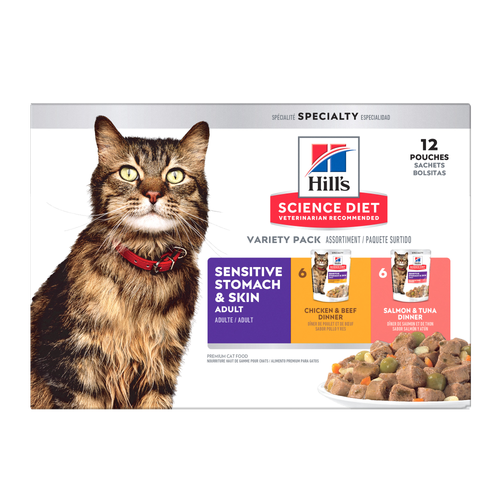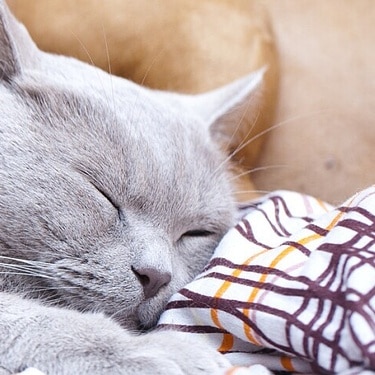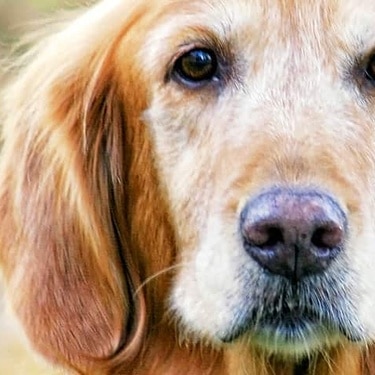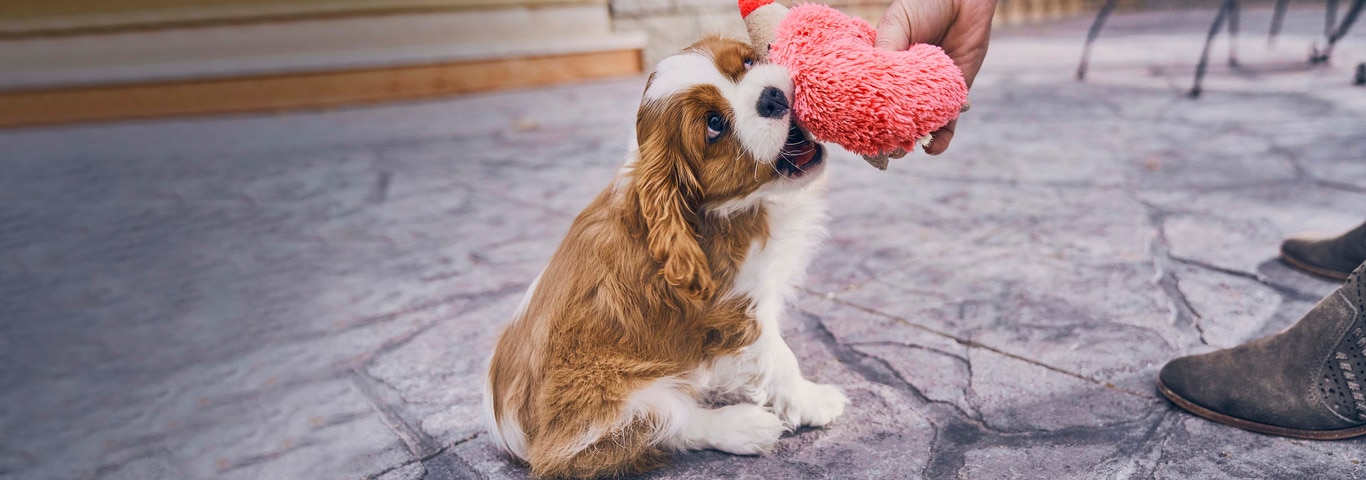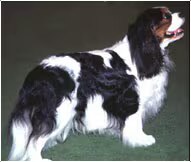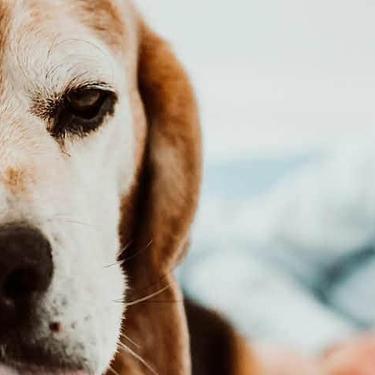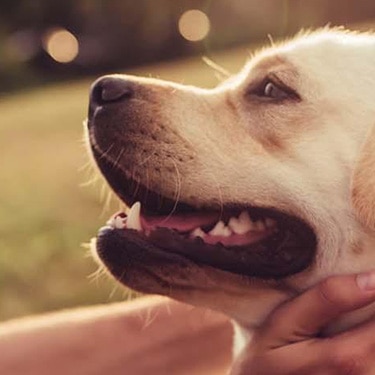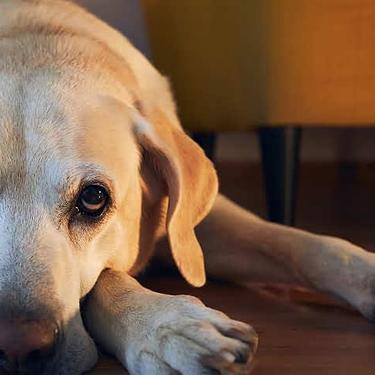The Cavalier King Charles spaniel is an enchantingly affectionate, playful, intelligent dog that eagerly indulges its guardians with endearing devotion. Shyness and aggression, fortunately, are not part of this breed's behavioral milieu. These happy little dogs are excellent with children, and their desire to interact with their guardians makes them pleasurable household companions.
The Cavalier King Charles spaniel is easy to keep. Ideal as a family dog or as a companion for "empty nesters," the Cavalier loves to cuddle and has been described as the perfect lap dog. Although these dogs have a proclivity for noisy greetings, Cavaliers generally are not protective. Regular grooming is key to keeping the Cavalier's coat lustrous. Little more than a thorough weekly brushing is required, in addition to routine bathing and professional trimming as desired. Light shedding, which occurs in the spring and fall, generally arouses little notice.
The Cavalier King Charles spaniel is the descendant of a small toy spaniel depicted in many 16th, 17th and 18th Century paintings of northern Europe. This dog was originally bred to warm laps in drafty castles and on chilly carriage rides. A prescription written in Olde English for the Queen of England directs her to keep this "comforte dog" on her lap to treat a cold. The Cavalier's other job was to attract fleas and thereby spare their masters the flea-transmitted bubonic plague.
During Tudor times, toy spaniels were common as ladies' pets and, under the Stuarts, they were given the royal title of King Charles spaniel. King Charles II was seldom seen without two or three Cavaliers at his heels, and he wrote a decree — still in effect today — that his namesake spaniel be accepted in any public place, including the Houses of Parliament, which were generally off-limits to animals.
In the early days, breed standards were not recognized, although toy spaniels generally had flat heads, pointed muzzles and high-set ears. By the mid-19th century, the English fashioned a new look for the toy spaniel and standardized its appearance. These modern King Charles spaniels, also known as "Charlies," had flatter faces, undershot jaws and domed skulls. In the early 1900s breeders attempted to recreate the earlier version of the breed; they were largely successful and so was born the Cavalier King Charles spaniel. Breeding of the Cavalier King Charles spaniel in the United States took hold on a limited basis in the 1950s, but the breed was not fully recognized by the American Kennel Club until 1996.

